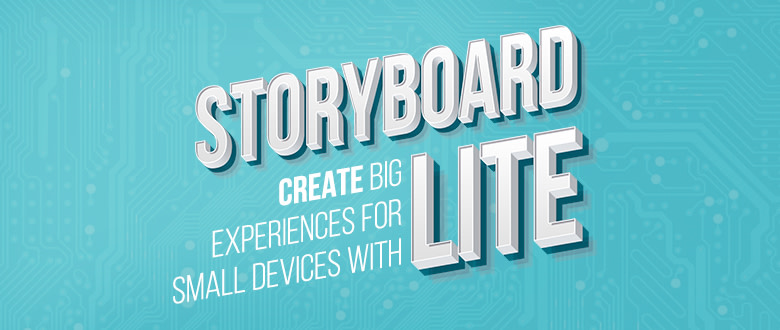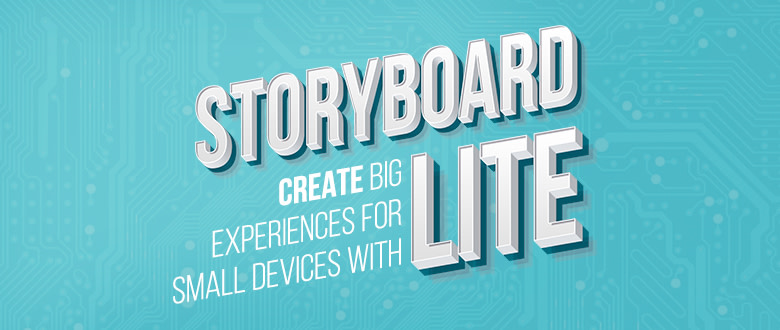Don't carry more than you need. It's a rule that applies to many things.
I once bought my daughter one of those gigantic packages of crayons that contain over 200 colors and 33 shades of blue. She only used 12 of the colors but still had to carry that big package in her little backpack to school every day. She complained that it took up too much space in her bag and that it was so heavy it slowed her down. It was more than she needed.
Having more than you need is also a hindrance in embedded software development. Mass market products are built with cost in mind, which means teams are building applications for hardware platforms that are lean on memory and resources. These applications have to be able to fit AND perform well, making optimization and fine-tuning critical to success. You can't deploy more than you need. You have to choose which of the 33 shades of blue you need.
In our recent Storyboard 6.0 release, we launched Storyboard Lite, an exciting new configuration of our widely-adopted embedded UI development tool. Storyboard Lite helps teams build applications that are tailor-made for their hardware platforms, especially for small resource-constrained targets where every kilobyte matters. It's lean enough to deliver fast and efficient applications, but with the same collaborative workflow and ease-of-use that developers are familiar within Storyboard.
Listen to what Thomas Fletcher, Crank's VP of R&D, had to say about Storyboard Lite and other supporting functionality at Embedded World 2019.
Get insight into memory usage and deploy only the resources you need
To create mass-market products, customers rely on cost-effective hardware such as NXP's i.MX RT series and Microchip’s PIC32. While quite capable, these platforms have limited internal RAM, which means applications must be purposefully built and deployed.
Storyboard Lite allows developers to deliver high-quality user experiences to these platforms while tightly controlling resource usage. A Crank staff member recently deployed a modern coffeemaker application to an i.MX RT platform with only 150KB of memory heap on board using Storyboard Lite. A blog post on this fun side project coming soon!
Deploy optimized user experiences to resource-constrained targets
Storyboard delivers the following benefits for embedded UI development on MCU platforms:
- Lean applications - Storyboard Lite is, well, light! It contains only the Storyboard features that allow you to focus on delivering reduced-footprint applications. With a runtime streamlined for resource savings and a C-callback API instead of Lua, Storyboard Lite gives you tight control over memory usage.
- Insight into resource data - Our new Project Metrics dashboard gives you insight into your application's resources while you build. This visibility allows you to develop with memory in mind while still maximizing performance and functionality.
- Reduced footprint - The new Resource Export Configuration provides actionable feedback about your application footprint that allows you to finely-tune how and what you export to your target to get the best out of your chosen platform.
- Scalability - Storyboard Lite IS Storyboard, which means you can develop an application for a range of target platforms with the same tool. This allows you to develop the same application for different platforms by turning on and off the content you need, therefore maximizing re-usability and reducing time and waste.
Storyboard Lite gives you the power of a well-utilized tool kit, now scaled down for smaller targets, coupled with insight into resource usage to optimize applications for memory-constrained systems.
Want to see Storyboard Lite in action? Register for our upcoming product webinar where Thomas Fletcher will be giving a hands-on demonstration of how it works. Or just jump directly into our free trial, and download an evaluation version to test drive all the latest features, including Project Metrics, Resource Export Configuration, Design States, and more.
.png?width=180&height=67&name=Crank-AMETEK-HZ-Rev%20(4).png)




